Paradigm shift: the MAAT’s inaugural exhibition debates a new world order
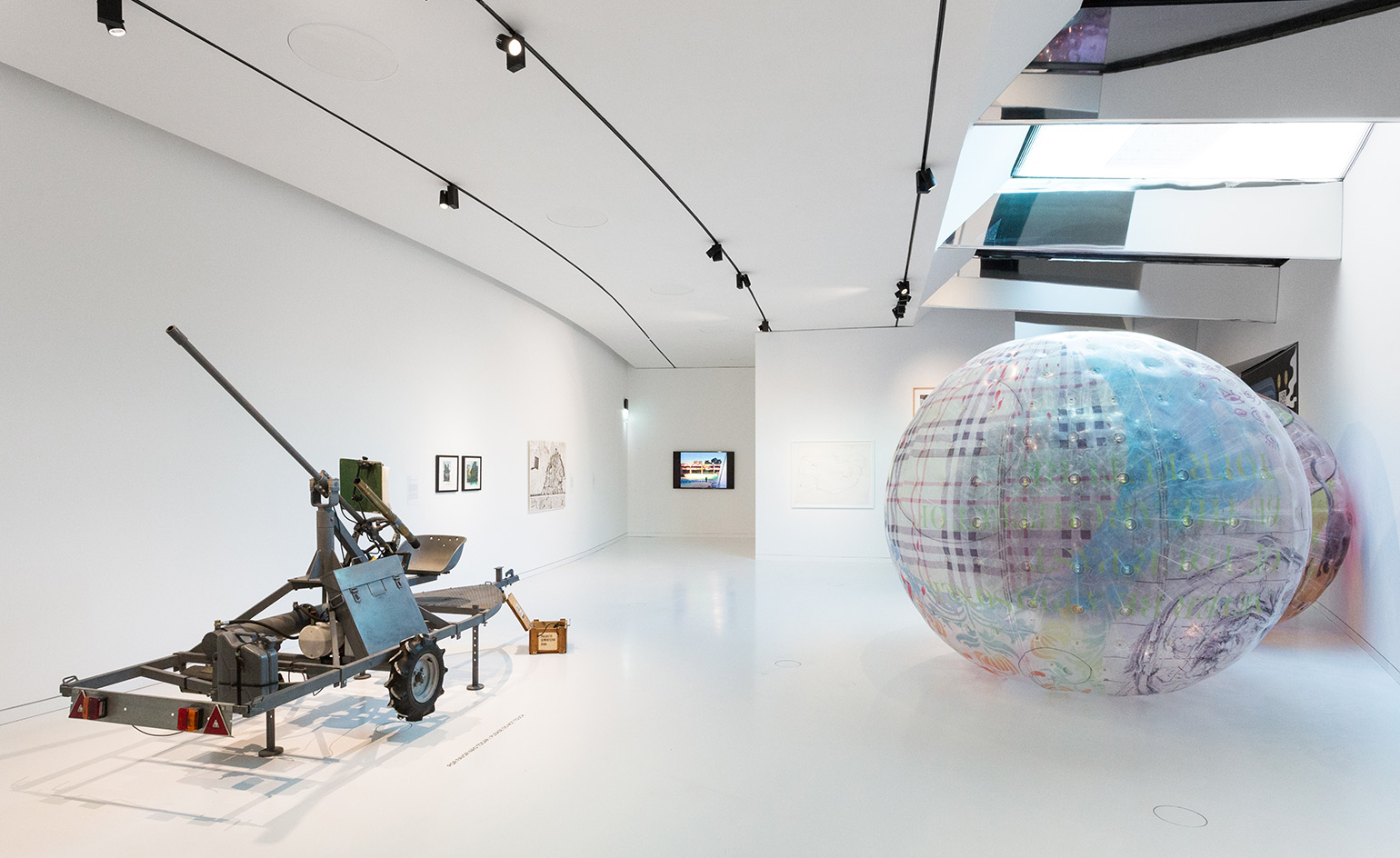
Lisbon’s new Museum of Art, Architecture and Technology (MAAT) seems like ideal location to consider the current mood of urban civilisation. The smooth, naturalistic yet futuristic building designed by Amanda Levete rises up out of the bank of the river Tagus, in a city which, even after the crippling nationwide financial crisis of 2010, received Wallpaper’s Best City award for 2017. The inaugural exhibition titled ‘Utopia/Dystopia: A paradigm shift in art and architecture’ – sparked by the 500th anniversary of Thomas More’s seminal text Utopia – presents over 60 works by artist and architects who examine shifts in political structures through physical manifestations of constructed and envisioned urban designs.
Curators Pedro Gadanho, João Laia and Susana Ventura, whose backgrounds vary across architectural and artistic expertise, do not distinguish in the exhibition between artists and architects, presenting conceptual ideas across the two disciplines side by side, and selecting practitioners with diverse background. To name a few from the group show: Didier Faustino, Kader Attia, Tacita Dean, Cao Fei, OMA, and Wolfgang Tillmans.
The exhibition charts the gathering skepticism of idealistic modernist designs of the late 20th century, moving towards the contemporary obsession with dystopia, fuelled by science fiction and the internet, which has turned into somewhat of a dark fantasy, directly associated with post-internet culture, digital and nomadic values of freedom, a free (and black) market, spiraling lawlessness and statelessness. These concepts present interesting alternatives to post-capitalist, nationalist and neo-facist structures that are gaining power, yet losing control, across the globe today.
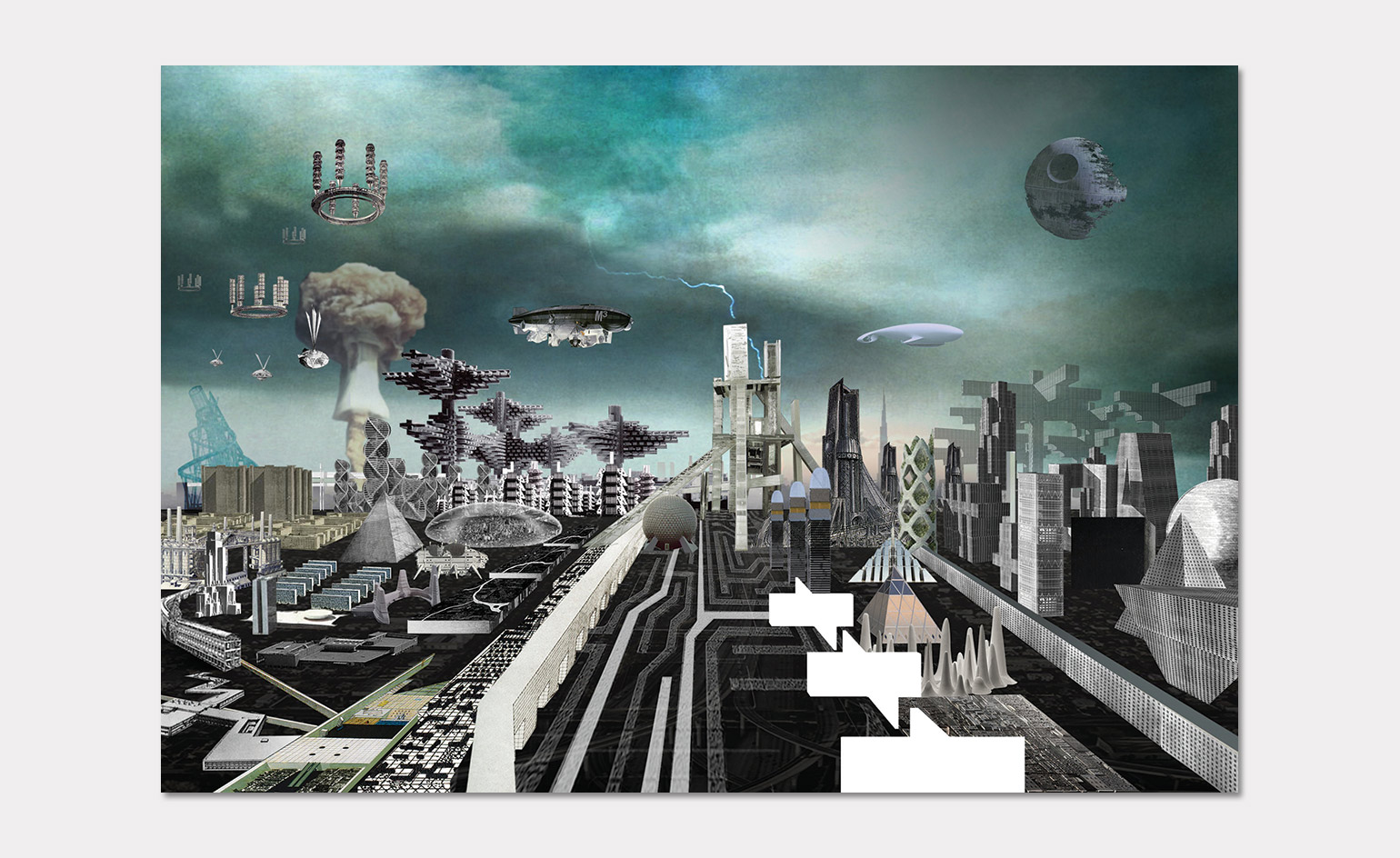
‘Cities of the Avant-Garde’, by Wai Think Tank, 2012
While showing a gradual progression from modern to contemporary movements, the exhibition communicates across sections, curated in a ‘layered chaos’, spatially combining drawings, photography, sound and video. ‘The layered configuration echoes the conceptual layered universe we are trying to explore,’ says Laia. Described by MAAT director and curator Gadanho as a ‘media happy’ show, the exhibition journey integrates smaller spaces for video works fluidly through the gallery, which flows around the central oval-shaped arena for performance art – where Mexican artist Héctor Zamora’s incredible piece Order and Progress played out on the night of the public opening.
Defining the period of modernity from the end of Enlightenment to Hiroshima, the curators present optimistic and pessimistic approaches to modernist urban plans, real and imagined. ‘How ideal can a city be? And how do you create a city that is perfect?’ questioned Gadanho to himself when curating the show.
Imagining the future, Alexander Brodsky & Ilya Utkin’s etching on paper of the urban landscape of 2001, titled Wandering Turtle, made in 1955, shows endlessly multiplying Manhattan-style blocks, while Archizoom’s ‘No stop city’ a model or sculpture made between 1969-2001 shows an ever-expanding suburban town. These saturated vistas with their endlessly multiplying buildings echo the over-stimulated urban ecology that we begin to face. In Michael MacGarry’s work Luanda, Angola, 2019 (100 Suns series), 2010, an archival inkjet print on cotton paper, the artists envisions a Dubai-like landscape with hundreds of Burj Khalifa-style towers multiplying across the horizon. Instead of the blocky skyscrapers or the detached houses for families of four, collective cities have been replaced by the ambitions of the individual.
Now, buildings act alone in competition for daylight, views and the title of the tallest and soon, darkness will prevail for the best of us. Inci Eviner’s video installation Nursing Modern Fall, 2012, plays out during this realisation – here humans are working out, training and building, all set on a globe map on which Auschwitz is marked. Other works in the exhibition present dystopia as a form of beauty, or a sickly fantasy at least. Tabor Robak’s HD video work is a rolling screen-saver style video evolving slowly through futuristic neon skyscrapers – a four-dimensional style of pop art and an immersive sphere of amusement that echoes an endless digital scroll.
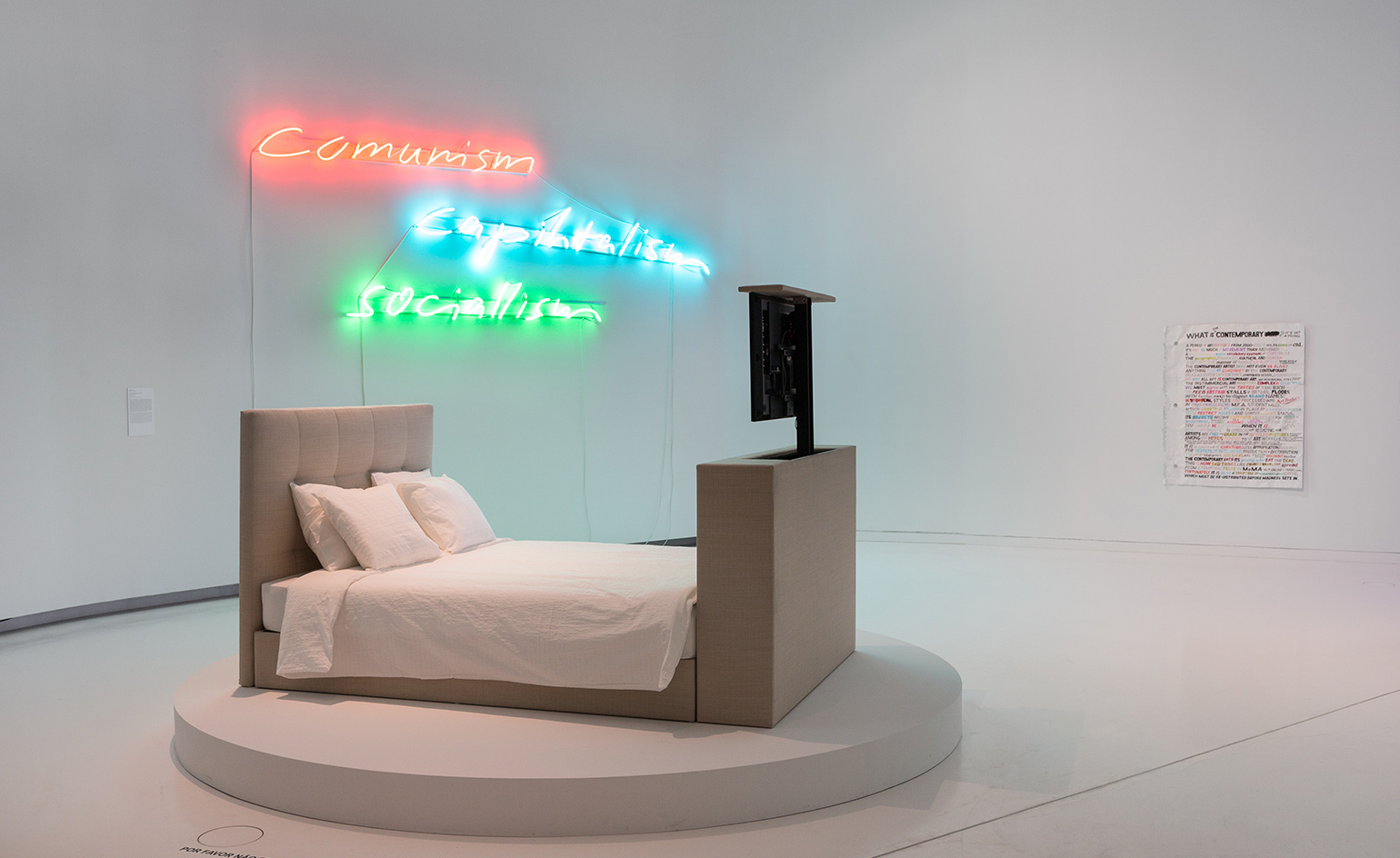
Installation views of works by DIS Collective and Nasan Tur
The end of the exhibition takes a post-internet turn, and how could it not. The internet is the space where this fascination with dystopia plays out. Curators of the previous, post-internet heavy Berlin Biennale, DIS Collective are included in the exhibition along with other BB9 featured artists including åyr, Jonas Staal and Ryan Trecartin who present the communities who exist in these dystopian worlds. Mixing up a sour cocktail of human traits/flaws and technological hybridity, the artists in this section of the exhibition are an acquired taste. While they are products of capitalism, they revel in the destruction of it, looking to create, like the digital landscape, a free zone where people are free to destruct as much as they construct.
Nasan Tur’s work, Comunism, Capihtalism, Sociallism, 2016, misspells political ideologies in neon lights, referencing our current crisis of terminology to describe the political state of affairs. ‘The problem is that now these political concatenations have lost their potency and their effectiveness’ writes Franco Berardi in his catalogue essay for the exhibition, ‘Futurability Map’. We are in freefall. And while the diagnoses of depression and anxiety are rising across the world, especially in young people – and how soon will it be until narcissism epidemic eschews – perhaps, like this post-internet generation of artists, we too need to learn to delight in instability, if we have the privilege to remain critical that is, to understand the freedom that it gives us.
Looking at the works of Yona Friedman, founder of the ‘mobile architecture’ theory which argued for the idea of a non-community, and Jonas Staal, who examines ideas of co-existence in specific urban situations and the idea of democracy without a state, featured towards the end of the show, the viewer does not give up hope altogether, yet leaves with a better understanding of how utopia and dystopia could collaborate, and how idealism and realism might too.
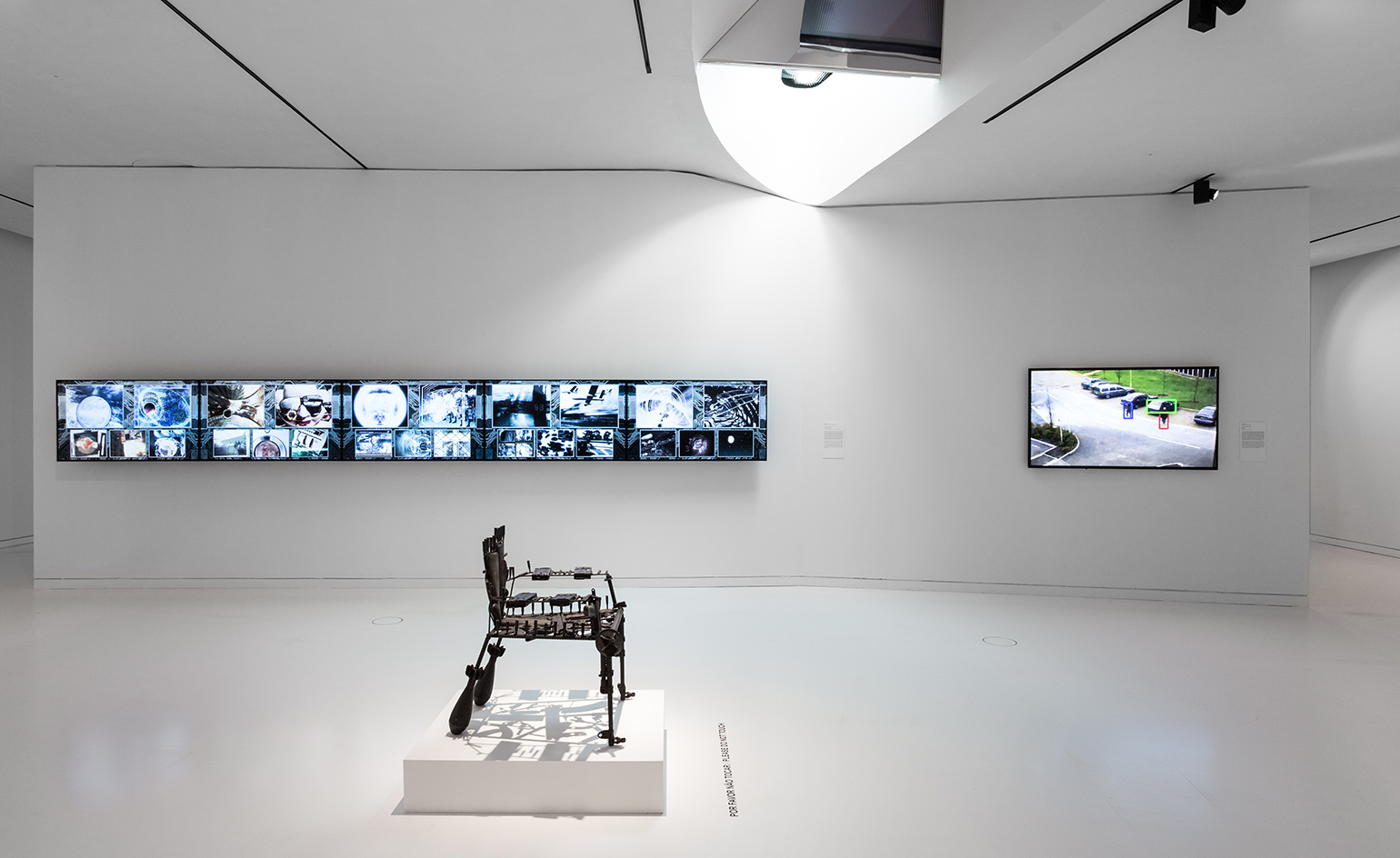
The ‘manifesto’ show exhibits the work of artists and architects who explore concepts of utopia and dystopia. Beginning with the critique of modernism, the exhibition progresses thematically towards a digital and post-internet approach to community and state
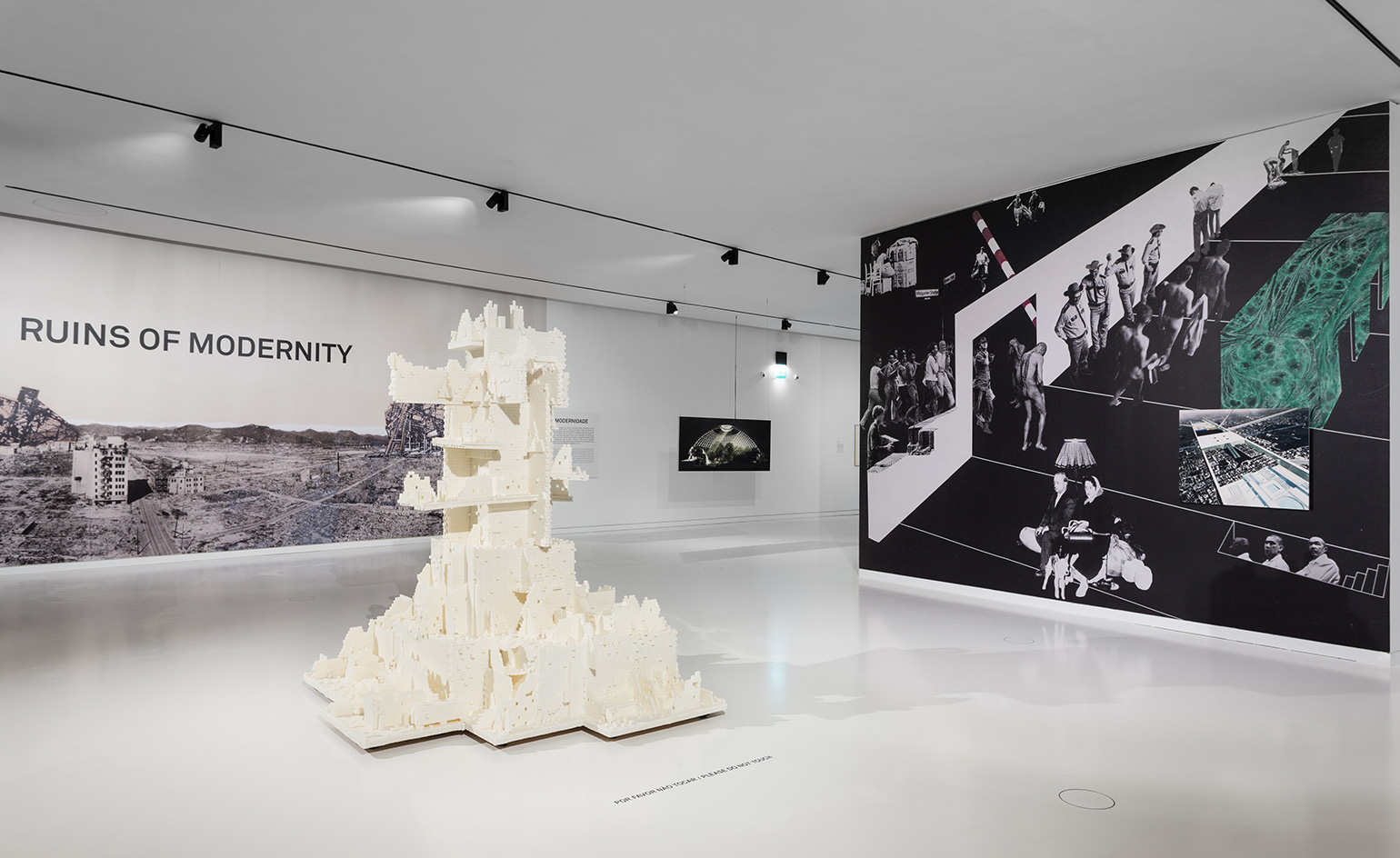
Rem Koolhas’s 1972 collage, titled Exodus, or the Volountary Prisoners of Architecture. The Strip, aerial perspective (project), made with Madelon Vriesendorp and Elia and Zoe Zenghelis, contemplated the birth of a generic modern city
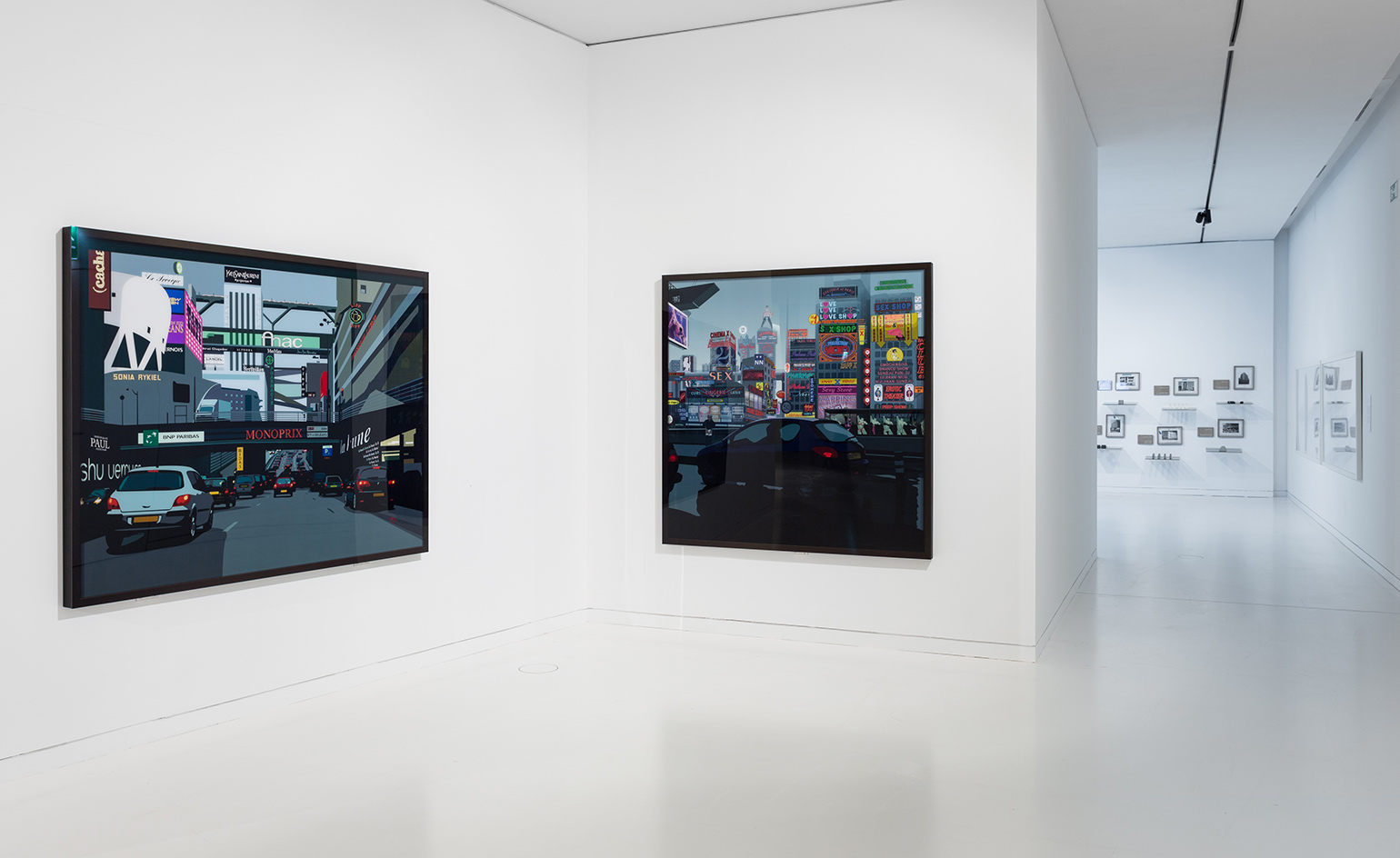
Work by artist Alain Bublex on display in the gallery
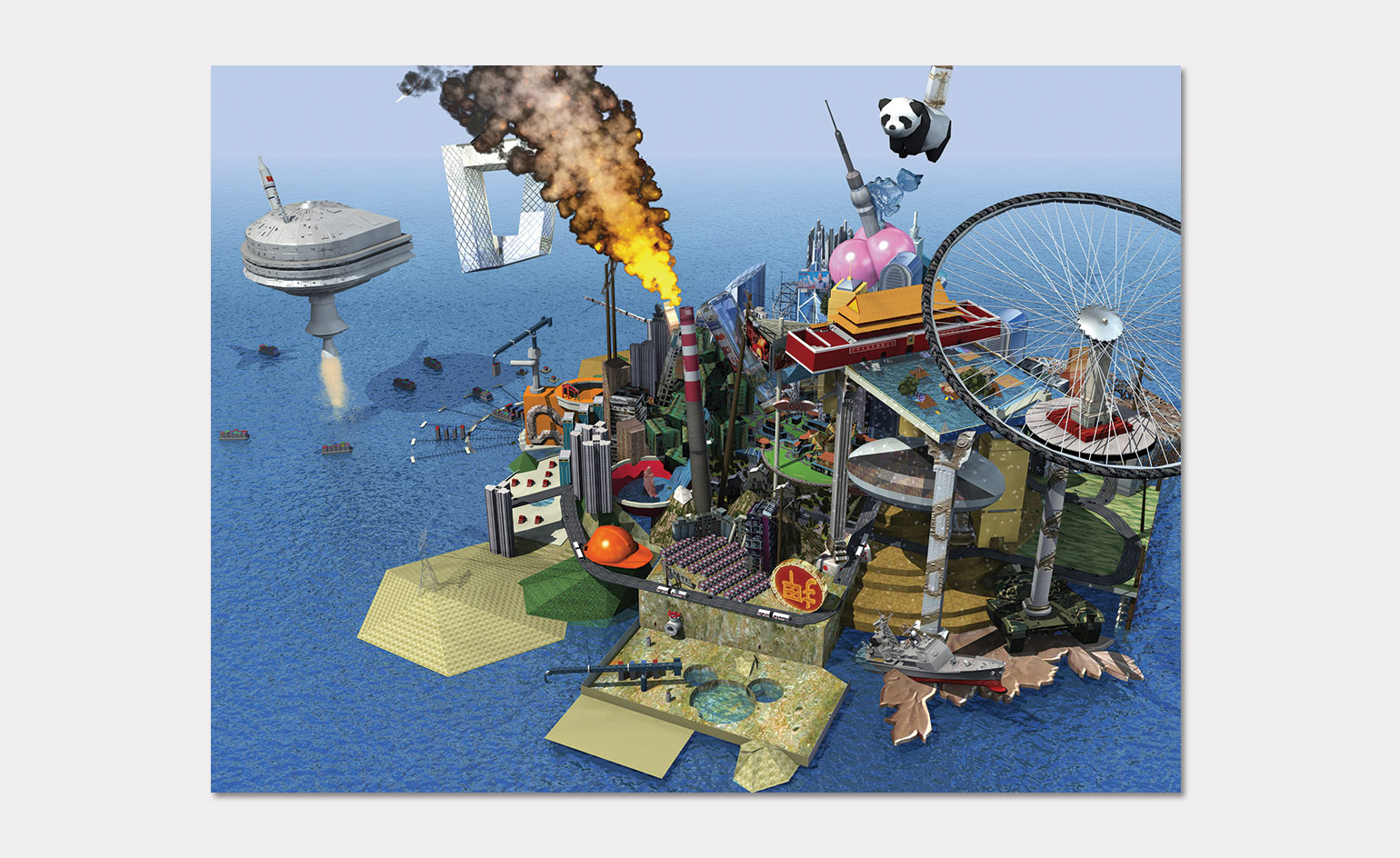
Still from (SL avatar: China Tracey, 'RMB City: A Second Life City Planning, by Cao Fei , 2007-11
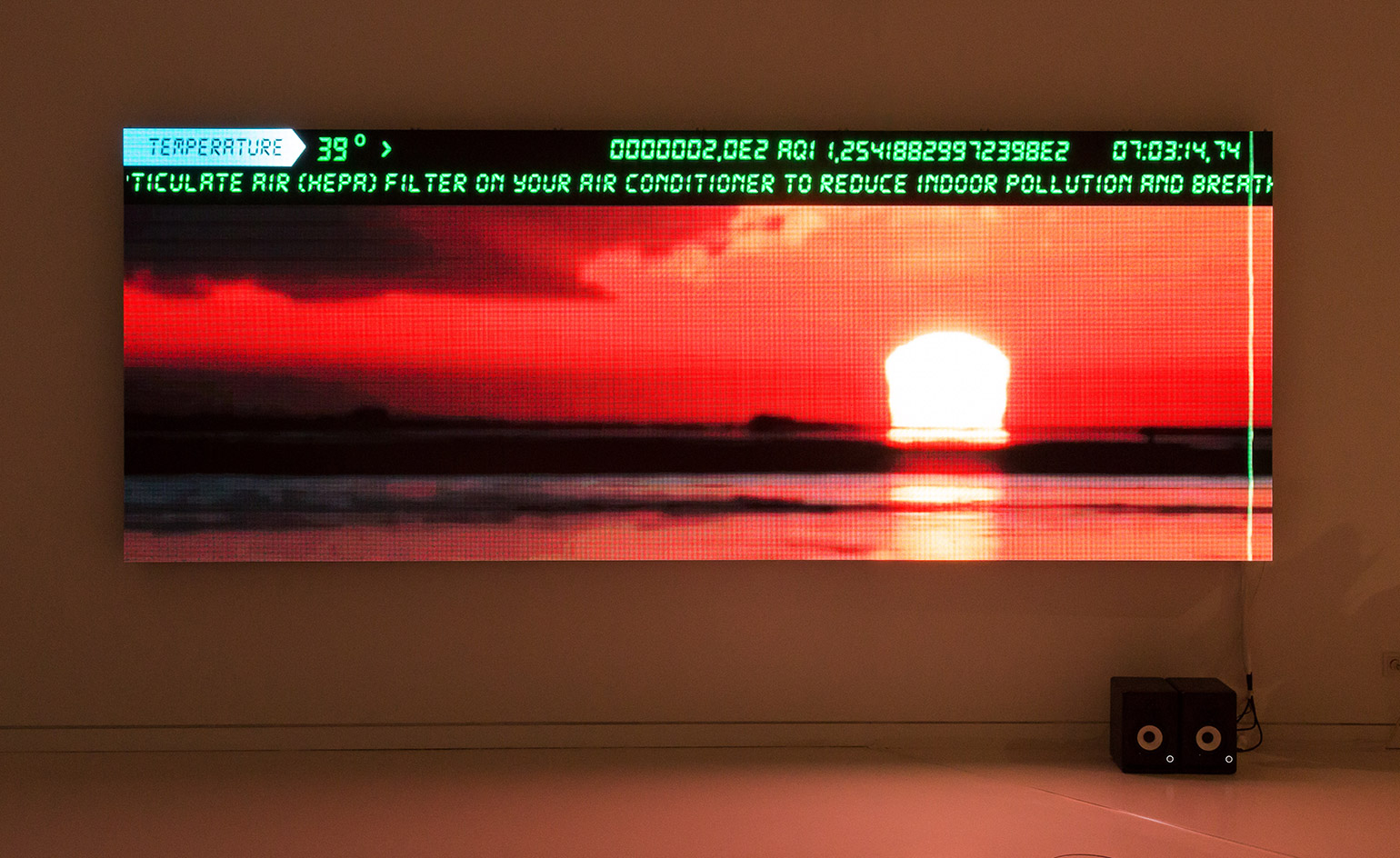
Installation view of Diogo Evangelista's The Sky Exists, 2017
INFORMATION
The exhibition ‘Utopia/Dystopia: A Paradigm Shift’ is on view until 21 August 2017. For more information visit the MAAT website
ADDRESS
MAAT
Museum of Art, Architecture and Technology
Av. Brasília, Central Tejo
1300-598
Lisbon
Portugal
Wallpaper* Newsletter
Receive our daily digest of inspiration, escapism and design stories from around the world direct to your inbox.
Harriet Thorpe is a writer, journalist and editor covering architecture, design and culture, with particular interest in sustainability, 20th-century architecture and community. After studying History of Art at the School of Oriental and African Studies (SOAS) and Journalism at City University in London, she developed her interest in architecture working at Wallpaper* magazine and today contributes to Wallpaper*, The World of Interiors and Icon magazine, amongst other titles. She is author of The Sustainable City (2022, Hoxton Mini Press), a book about sustainable architecture in London, and the Modern Cambridge Map (2023, Blue Crow Media), a map of 20th-century architecture in Cambridge, the city where she grew up.
-
 Australian bathhouse ‘About Time’ bridges softness and brutalism
Australian bathhouse ‘About Time’ bridges softness and brutalism‘About Time’, an Australian bathhouse designed by Goss Studio, balances brutalist architecture and the softness of natural patina in a Japanese-inspired wellness hub
By Ellie Stathaki
-
 Marylebone restaurant Nina turns up the volume on Italian dining
Marylebone restaurant Nina turns up the volume on Italian diningAt Nina, don’t expect a view of the Amalfi Coast. Do expect pasta, leopard print and industrial chic
By Sofia de la Cruz
-
 Tour the wonderful homes of ‘Casa Mexicana’, an ode to residential architecture in Mexico
Tour the wonderful homes of ‘Casa Mexicana’, an ode to residential architecture in Mexico‘Casa Mexicana’ is a new book celebrating the country’s residential architecture, highlighting its influence across the world
By Ellie Stathaki
-
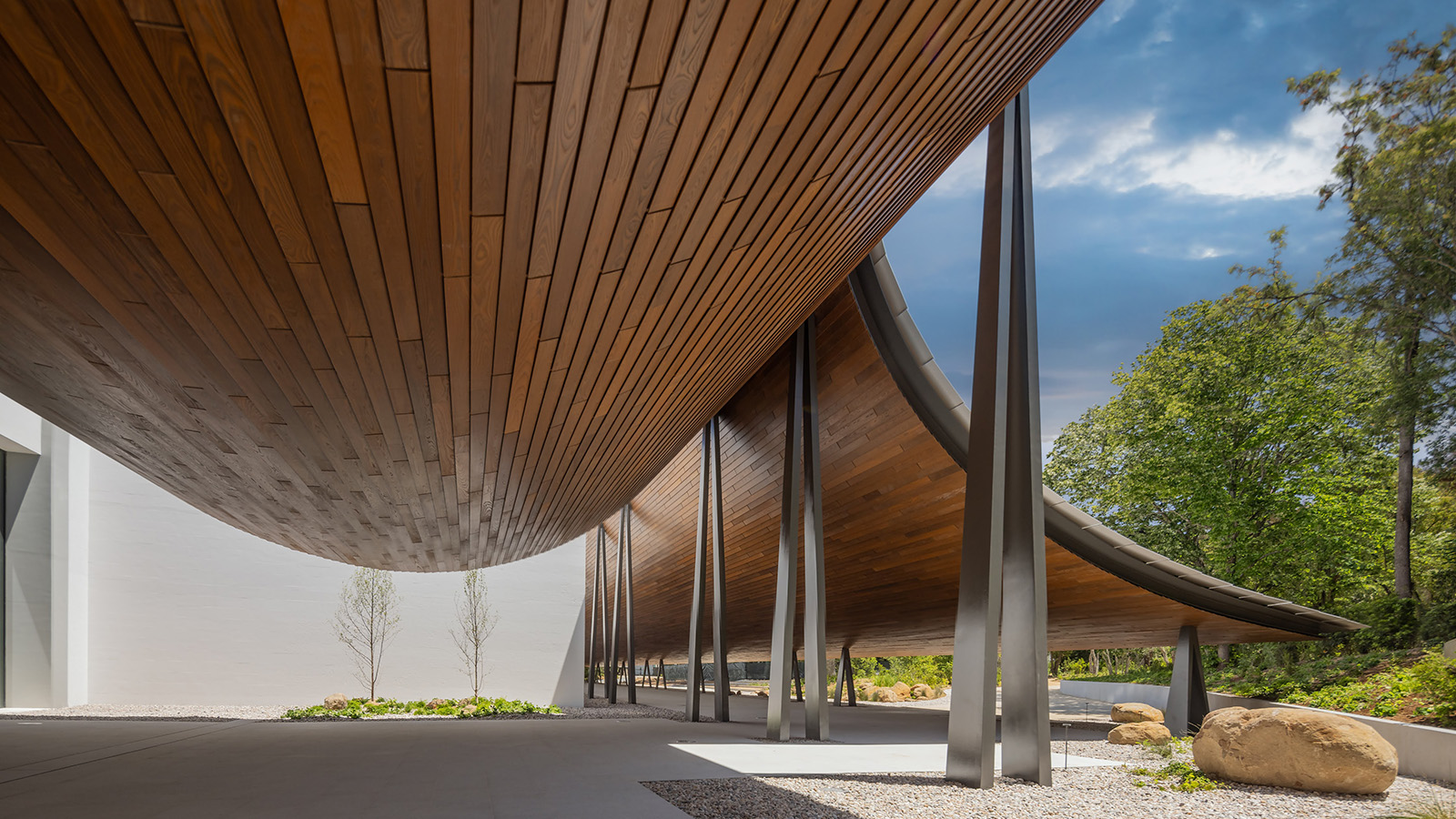 Gulbenkian Foundation's new art centre by Kengo Kuma is light and inviting
Gulbenkian Foundation's new art centre by Kengo Kuma is light and invitingLisbon's Gulbenkian Foundation reveals its redesign and new contemporary art museum, Centro de Arte Moderna (CAM), by Kengo Kuma with landscape architects VDLA
By Amah-Rose Mcknight Abrams
-
 Lisbon Architecture Triennale 2022 offers a fresh exploration of Earth
Lisbon Architecture Triennale 2022 offers a fresh exploration of EarthWe explore the offerings of Lisbon Architecture Triennale 2022, and its theme ‘Terra'
By Natasha Levy
-
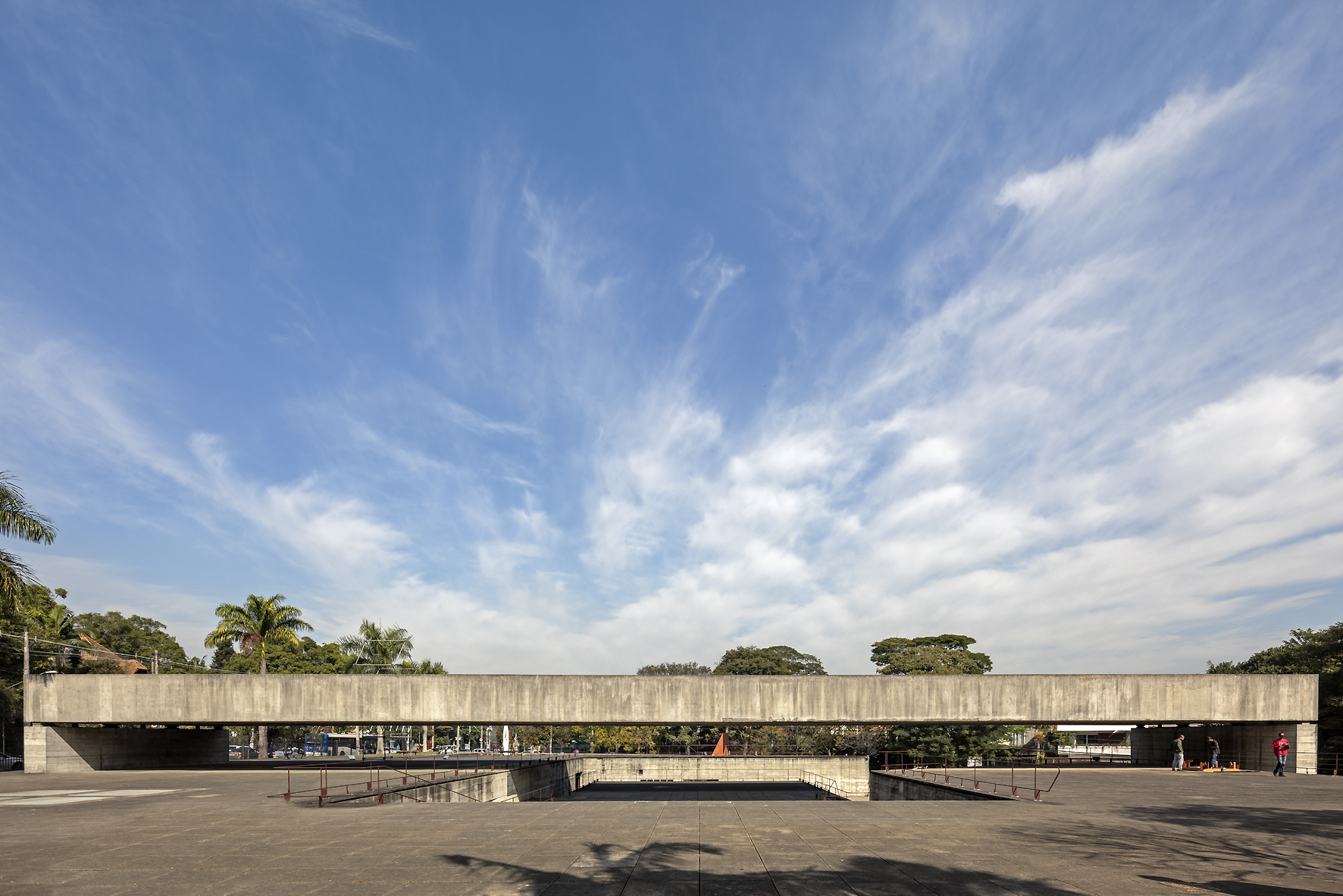 Architecture in the words of Paulo Mendes da Rocha
Architecture in the words of Paulo Mendes da RochaGreat modernist Paulo Mendes da Rocha passed away on 23 May 2021 aged 92. Here, we revisit the interview he gave Wallpaper* in 2010 for our Brazil-focussed June issue, talking about architecture, awards and his home country
By Isabel Martinez Abascal
-
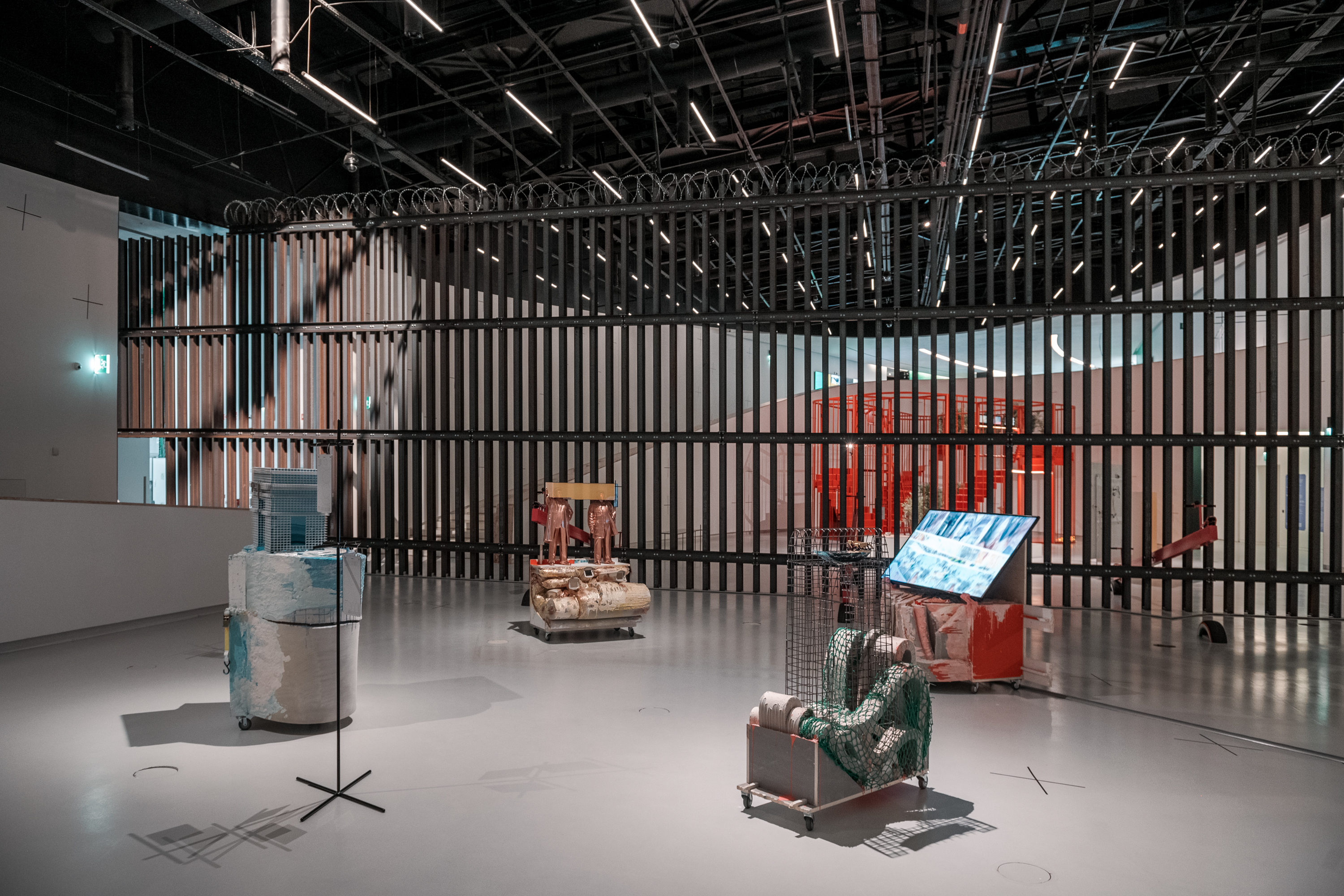 Globalisation, urbanity, the pandemic and more explored at MAAT Lisbon show
Globalisation, urbanity, the pandemic and more explored at MAAT Lisbon showA new exhibition at MAAT Lisbon, ‘X is Not a Small Country – Unravelling the Post-Global Era’, curated by Aric Chen with Martina Muzi, explores globalisation, urbanity, the pandemic and more
By Ellie Stathaki
-
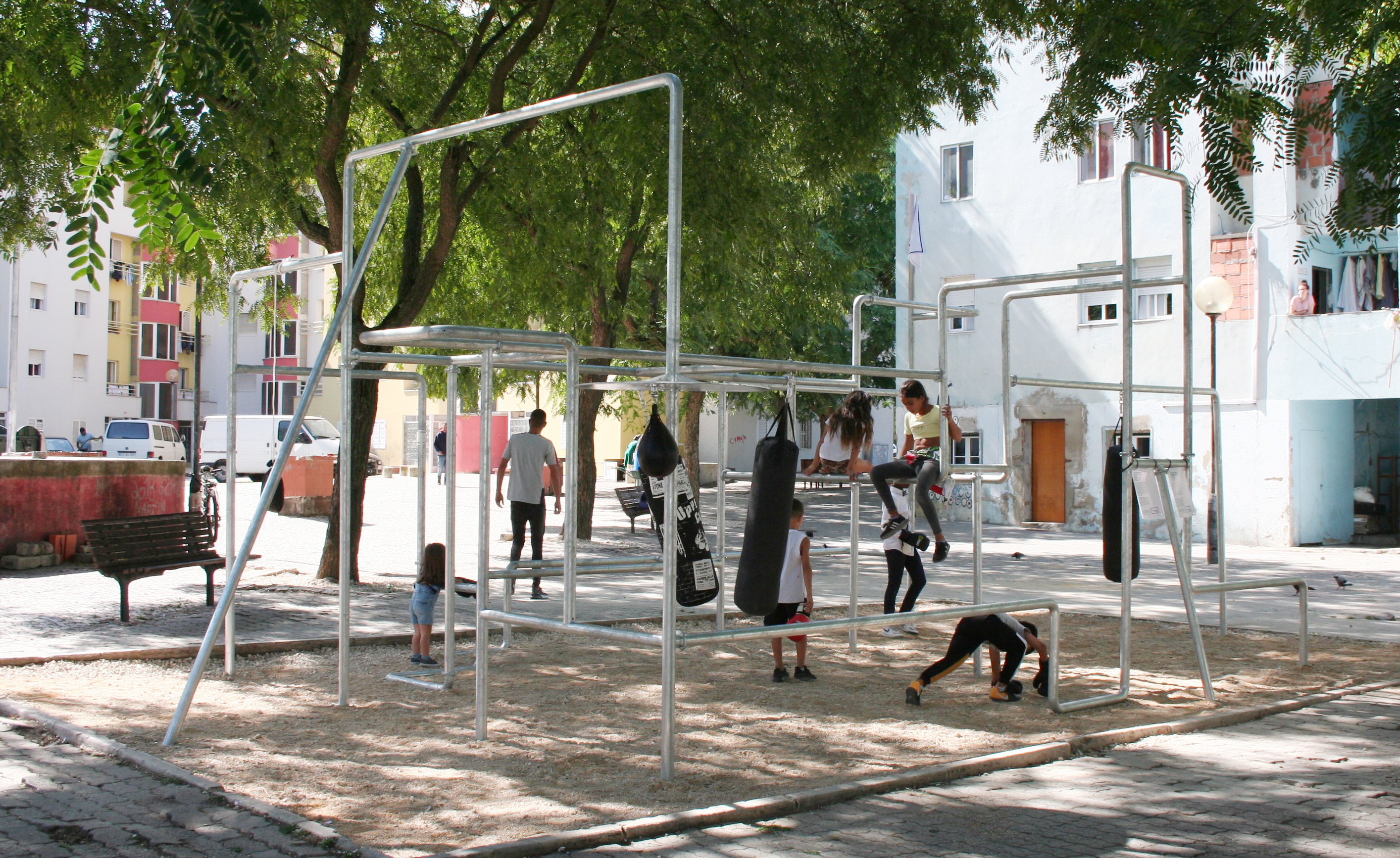 Outdoor boxing gym in Lisbon performs as urban acupuncture
Outdoor boxing gym in Lisbon performs as urban acupunctureAs part of the Lisbon Triennale 2019, Mexican architecture studio Diseño Espacial, led by Carlos Ortega Arámburo and Daniel de León Languré, has worked with an outer city community to design and build an outdoor boxing gym to promote community health and happiness
By Harriet Thorpe
-
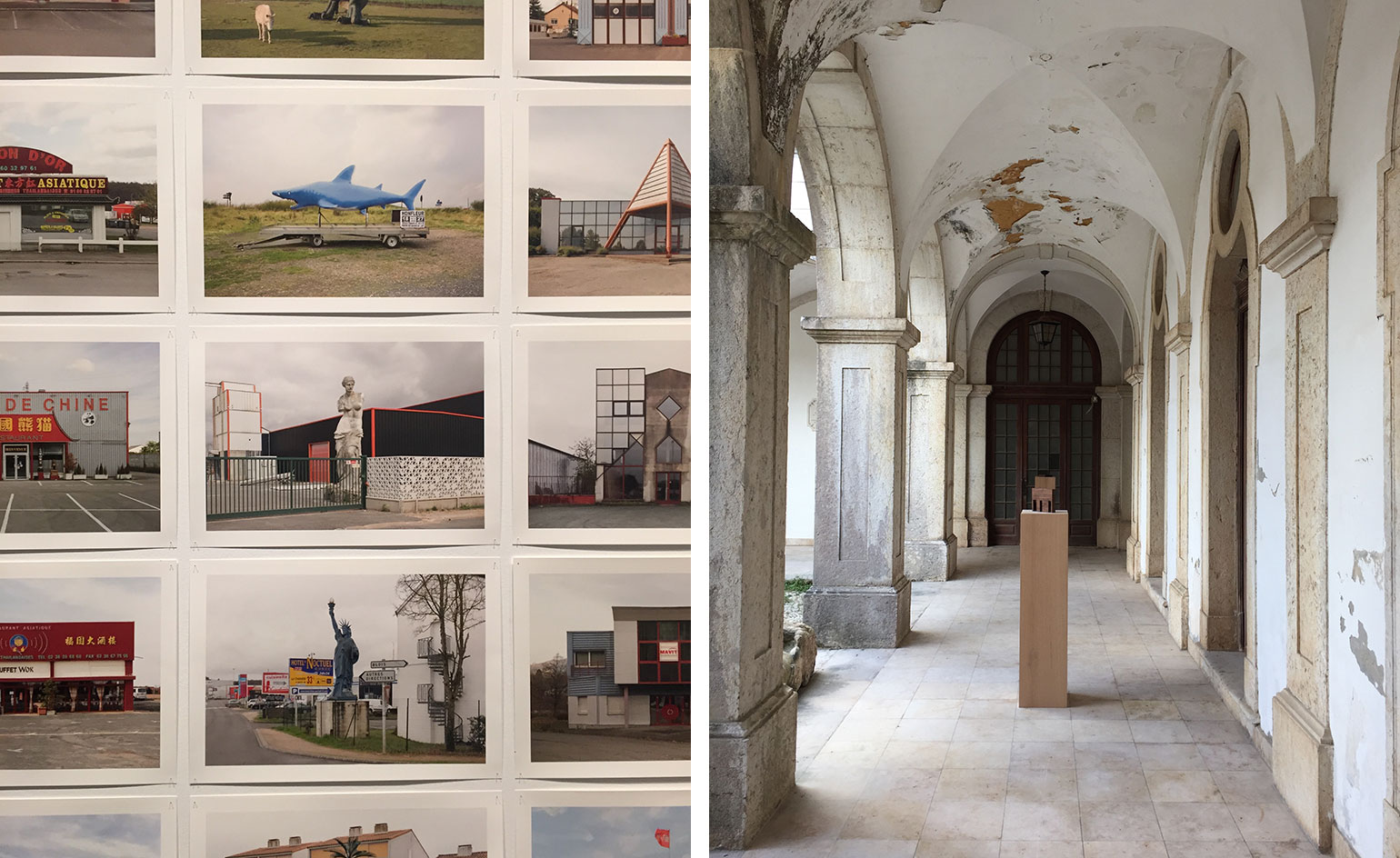 Lisbon Triennale connects architecture to culture through classification
Lisbon Triennale connects architecture to culture through classificationThe fifth Lisbon Triennale promises five exhibitions, 12 special projects and plenty of architectural plans to get lost in. Rich in historical inquiry and appreciation, materials and layers, it confirms the power of architecture within culture, and suggests how classification of the past can play a powerful role in shaping the future of architecture.
By Harriet Thorpe
-
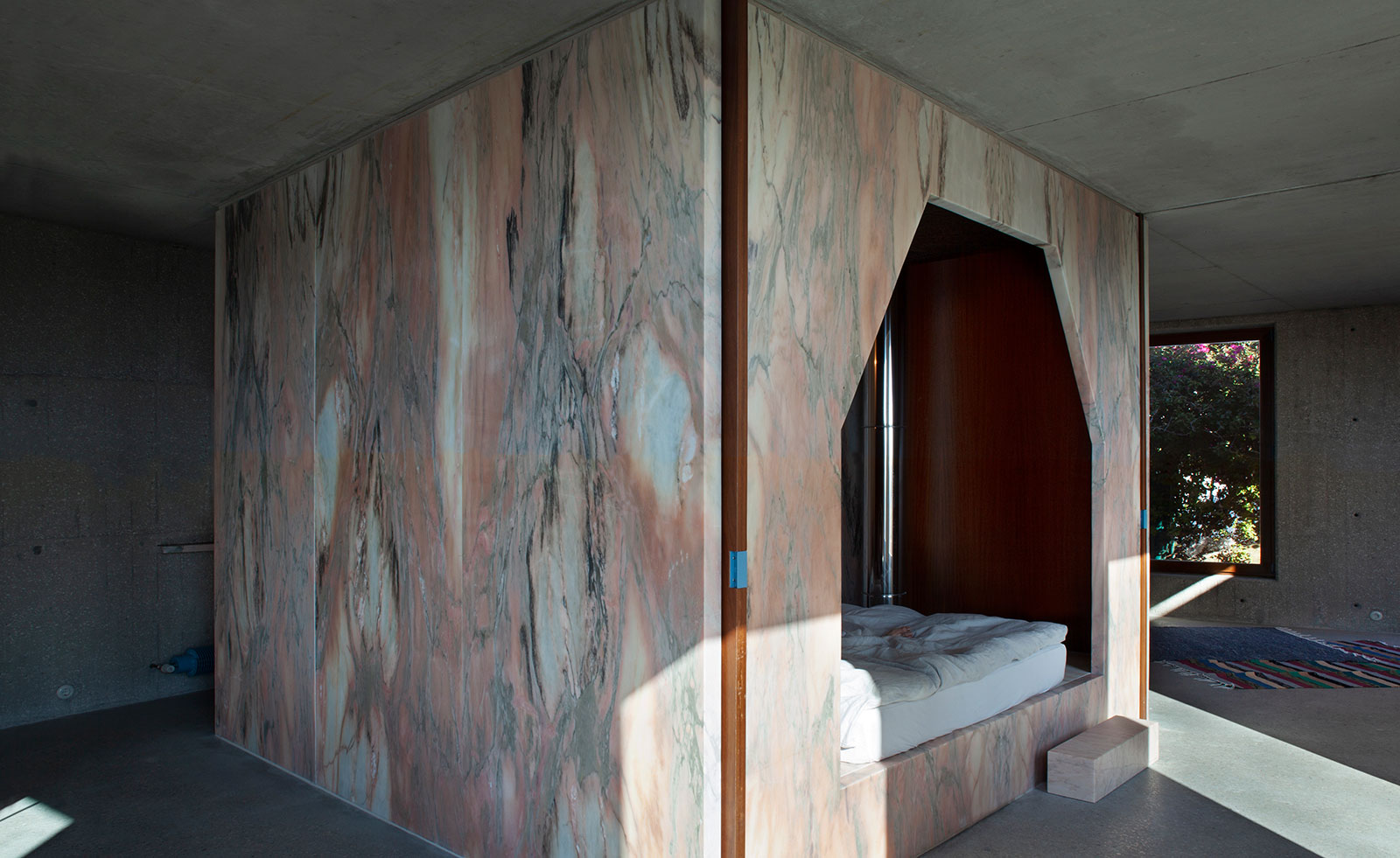 Exposed concrete, pink marble and a rooftop pool revive an old Lisbon home
Exposed concrete, pink marble and a rooftop pool revive an old Lisbon homeAs seen in the September Style Special of Wallpaper* (W*246)
By Harriet Thorpe
-
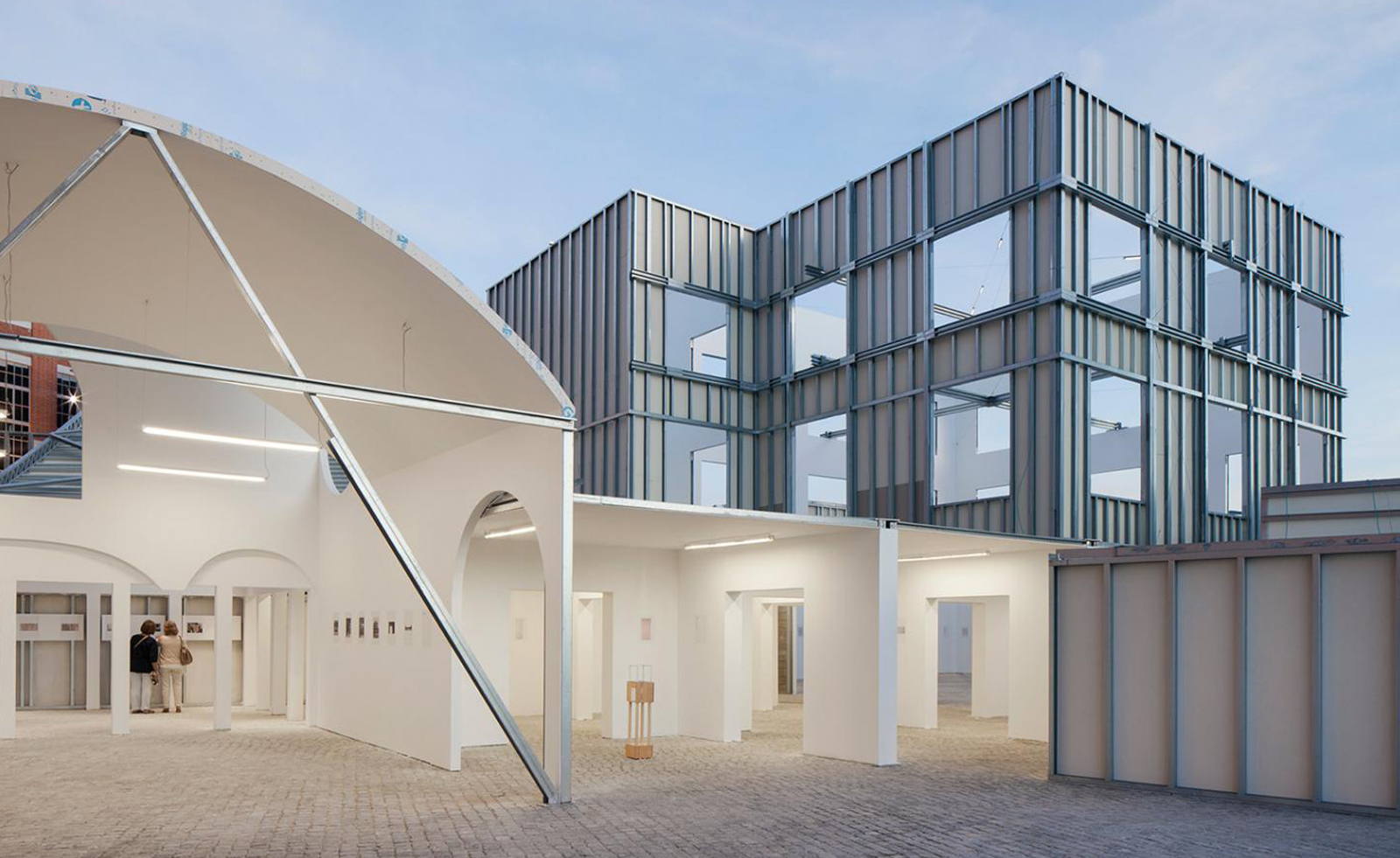 Lisbon Architecture Triennale announces plans in Venice
Lisbon Architecture Triennale announces plans in VeniceBy Jonathan Bell